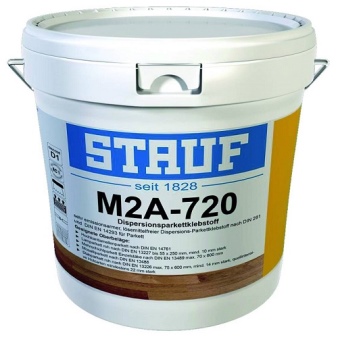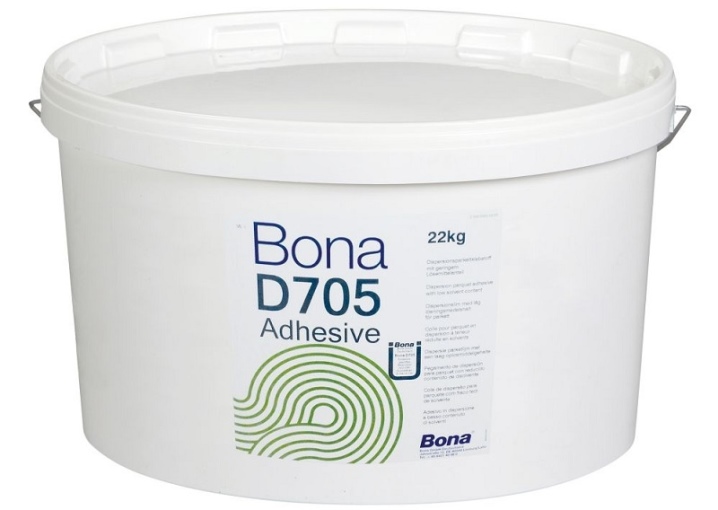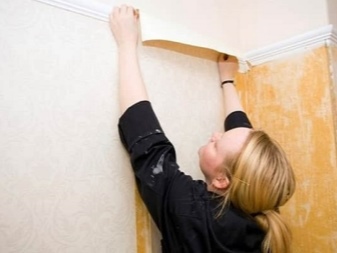Tips for choosing and using plywood glue

Plywood is now widely used in industry, in the manufacture of furniture, as well as in construction. Various types of fasteners can be used to join sheets of material, but the most popular of these is glue.
This is due to the simplicity of this method of connecting plywood sheets both to each other and to other surfaces. This work does not require any complex skills and abilities, special equipment. With the right choice of composition, the joint of the surfaces is durable, resistant to moisture and aging. Consider what types of glue there are.

Compositions
All plywood adhesives are divided into 2 main types according to their composition.
- Animals. These are dry casein (curd), protein (based on animal blood) and combined (with the combination of the first 2 types).
- Synthetic. They are based on various formaldehyde resins. This type is usually transparent in color, resistant to fungi and mold.
Consider the most common types of adhesives.


Polyurethane
Such compositions are made on the basis of a solvent, therefore, they have a very pungent unpleasant odor. They are toxic, their application must necessarily be carried out using protective equipment - gloves and a respirator.
However, these inconveniences are felt only during work - after drying, the smell disappears, and in the future, harmful substances are no longer released.
A also in this case, the polymerization time is limited - work with the composition must be carried out rather quickly. Such glue can be solid or 2-component. Both varieties are very durable and flexible. They have excellent moisture resistance, sound insulation, UV resistance and dry quickly after application to the surface.
Withstand temperature load up to +55 degrees Celsius.


Water based
Aqueous formulations are the safest to use. A bright representative is the well-known PVA glue. Such glue has a low cost, is absolutely non-toxic, practically odorless, easy to apply.
Of the minuses, a long drying time can be distinguished - it will take up to 7 days.


Dispersive
These adhesives contain fine resin particles that are insoluble in water. The consistency of the glue can be liquid or in the form of a thick paste. Its adhesion level is quite high, it is resistant and can withstand significant loads. Another advantage is the use of such a composition over a wide temperature range from –30 to +70 degrees Celsius.
Drying time of such glue is from 3 to 5 days.


Alcoholic
This species contains artificial resins, rubber and various solvents. It is very easy to use, resistant to moisture, and has a high drying rate.
The disadvantages of such compositions are the release of volatile harmful substances and strong flammability.
When working with alcohol glue, it is important to observe fire safety techniques and be sure to use protective equipment.


Two-component
Any formulations based on 2 active ingredients set quickly, are strong and give strong adhesion to surfaces. Chemical reactions when mixing the formulations provide a very high connection reliability. To strengthen them, you do not need to additionally use hardware (dowels, screws).
This saves money and working time.


Popular manufacturers
Consider the most popular brands of glue from domestic and foreign manufacturers.
- Adhesive for plywood and parquet from Tytan Professional. The one-component rubber-based compound ensures the elasticity of the layer for the entire service life. Possesses high adhesion on various surfaces. Able to withstand shear stress, moisture resistant and can withstand significant temperature changes.
A budget option.



- SikaBond 54 Parquet from Sika - one-component polyurethane adhesive made in Switzerland. According to the declared characteristics, it is environmentally friendly, odorless, waterproof, hardens quickly (within a day), has high elasticity and good adhesion, and is easy to use. Once applied, it provides reliable sound insulation.
The disadvantages include the high cost of this composition.


- A well-deserved place among the brands of glue is occupied by the Swedish company Bona. Of the products, the adhesive composition Bona D705 can be distinguished. It is a water-dispersible composition with a reduced water content.
It possesses high adhesive properties, is safe to use, is very elastic and sets quickly.

- High-quality adhesives are offered by the German company Wakol. The fast drying 2-component version of Wakol PU 215 provides easy application and high durability.

- Adhesive products from Artelit have earned good reviews. In particular, Artelit RB-110 will be a good and inexpensive option for installation work with plywood.


- Thomsit is another popular brand from Germany. Thomsit P 615 water-dispersive glue has a low cost, environmentally friendly, high strength. And also this company produces polyurethane compounds for gluing with various types of surfaces.


- It is worth noting the acrylic adhesives of the "Belokras" trademark. Russian production. The Super Velcro product is suitable not only for serious construction work, but also for private use in the manufacture of any kind of plywood crafts. With the help of this composition, you can carry out both internal and external work. The product is distinguished by its low cost.

Of course, the brands listed here are far from a complete list of products offered by the modern market.
How to choose?
Numerous factors can directly influence the choice of adhesive. Consider the main selection criteria.
- The consistency types are viscous or semi-viscous. Liquid options (such as superglue) will soak into the pores of the wood surface and there will be no good adhesion.
- No release of toxic substances after complete drying.
- High curing speed. This will reduce the time of work. Working with such a composition is more convenient.
- In some cases, you need moisture resistance of the seam after gluing the surfaces, as well as resistance to the development of mold and all kinds of fungi in the thickness of the plywood sheet.
- Plywood brand. Different types of material will require different binders. DF-1 and DF-2 will adhere well with urea-melamine-formaldehyde resins, and DF-3 and DF-4 with melamine-formaldehyde resins. For moisture-resistant sheets, water-dispersion varieties are suitable.
- The room where the work will be carried out. In well-ventilated rooms, it is better to use PVA, protein and synthetic adhesive solutions for plywood. In a residential area, it is better to avoid the use of toxic compounds. In case of high humidity, it is worth choosing a solvent-based adhesive.
- For outdoor use, synthetic adhesives are usually used. They dry faster and are easier to apply. At the same time, for outdoor furniture, for example, compositions based on urea resin are perfect.
- The type of surface to be bonded. If you need to connect plywood to metal, you should give preference to epoxy-based glue. Concrete, cement and anhydrite surfaces are best bonded to plywood with polyurethane.You can glue unlined sheets together with any wood glue. Film faced plywood is covered with a special film that must be removed from the surface to the layer of wood.
- Affordable cost. It is important to take into account that the consumption of the adhesive will be high, so it will take quite a lot, especially when it comes to carrying out large-scale construction work.


How to use?
After choosing and buying glue, you need to decide on the type of connection. The gluing technologies here will differ slightly in each specific case. Let's take a look at some of them.

Bonding plywood sheets to each other
In this case, the plywood can be glued or spliced.
When glued, a ledge is formed at the junction of two sheets. The joints are cleaned with sandpaper, dust is removed and degreased. Both sheets are greased with glue according to the instructions. If necessary, withstand time. Then the surfaces are tightly squeezed together. If necessary, fasten with clamps or hardware until the adhesive dries.
Splicing is used in cases where the seams will not be subjected to serious stress in the future. The ends of the plywood are sanded and glue is applied. After joining, the seam is again lubricated with an adhesive and covered with fiberglass, after which it is sealed with a roller.
When the glue is completely dry, remove excess glue. The fiberglass is left to enhance the strength of the joint.
When splicing, you can use another method. The sheets are laid on top of each other, a "mustache" is made with a jointer (their length is approximately equal to 10 sheet thicknesses) along the edge at an angle. This is followed by grinding, degreasing surfaces, applying glue. The joints are compressed and fastened with hardware or with clamps until dry.


Plywood with wallpaper gluing
In this case, the best option would be to use moisture resistant plywood. The usual one will need to be treated with linseed oil and paint. When gluing wallpaper to plywood, water and water-dispersive types of glue are used.
In this case, it will be difficult to create a perfectly flat surface. The joints of plywood sheets must be sanded, puttyed, then treated with epoxy or acrylic paint. Use masking tape around the edges of the sheets.
Pasting is carried out necessarily taking into account the type of wallpaper.


Bonding foam rubber to plywood
Plywood is often used in furniture manufacturing. When gluing it with foam rubber, styrene or neoprene adhesives, as well as dispersion ones, are most often used.
The glue is applied with a gun or brush. It is important to adhere to the drying time of the glue, which is indicated in its instructions. The glue is applied to one of the surfaces, and the parts are tightly pressed against each other.
When using some solutions, the surfaces after compression are ironed with a hot iron through the canvas.
Thus, a properly selected adhesive composition can greatly facilitate the work with the material. Many experts also recommend priming the surface prior to bonding. Primer application improves adhesion and reduces adhesive consumption.


You can learn how to properly glue two sheets of plywood with PVA glue from the video below.













The comment was sent successfully.